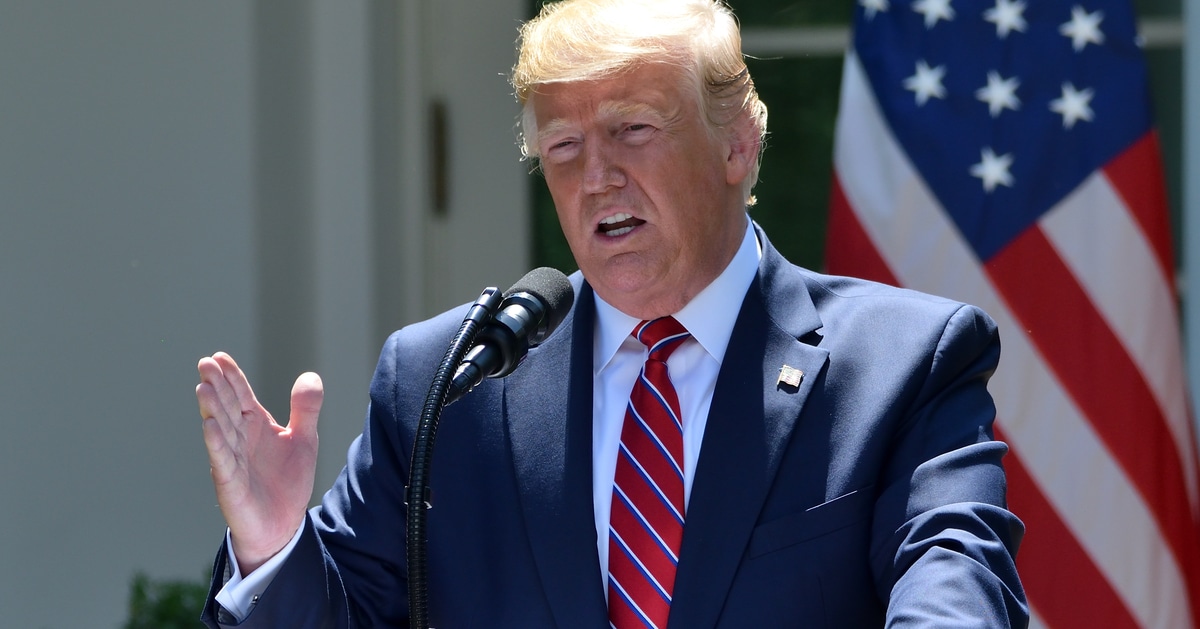




Tensions in the South China Sea just hit a boiling point as a U.S. warship dared to sail near a contested reef, drawing the ire of Beijing’s military machine.
Fox News reported that on August 13, 2025, the USS Higgins, a guided-missile destroyer, navigated close to Scarborough Shoal, igniting a sharp clash of wills between the U.S. and China over freedom of navigation and territorial claims in the Indo-Pacific.
As the Higgins approached what China calls its "territorial sea," vessels from the People’s Liberation Army Navy tailed it closely, a not-so-subtle reminder of Beijing’s growing assertiveness.
China didn’t waste time firing off a formal condemnation, accusing the U.S. of trampling on its sovereignty and claiming it "expelled" the warship after issuing warnings.
The U.S. Navy shot back, insisting the operation was a lawful freedom-of-navigation mission and dismissing Beijing’s accusations as baseless fabrications.
This standoff near Scarborough Shoal isn’t just a one-off spat—it’s a glaring symbol of the fierce naval rivalry unfolding across the Indo-Pacific, where control over vital sea lanes and regional clout are up for grabs.
At first glance, the U.S. holds an edge with its nuclear-powered carriers and unmatched ability to sustain operations far from home, a testament to decades of global naval dominance.
Yet China’s navy is no slouch, expanding beyond its coastal waters with a boldness that’s hard to ignore, signaling a shift in the military balance.
According to the Pentagon, China’s fleet already numbers over 370 ships—the largest by hull count—while the U.S. maintains about 290, though with greater tonnage and striking power.
Here’s where it gets dicey: China’s shipyards churn out vessels at a staggering pace, with output capacity dwarfing the U.S. by roughly 200 times, thanks to state-driven industry and no pesky profit concerns.
Meanwhile, American shipbuilding flounders with workforce shortages, shaky supply chains, and inconsistent funding, leaving just a handful of yards like Huntington Ingalls and General Dynamics to build major warships.
Delays plague U.S. production with material backlogs and shifting Navy priorities, a far cry from the Cold War era when over a dozen yards pumped out combat-ready ships.
Under the waves, the U.S. boasts the world’s top submarine force—about 50 nuclear-powered attack boats, including stealthy Virginia-class subs—while struggling to hit production targets of three to four annually.
China’s underwater game is catching up, with around 60 subs, mostly diesel-electric for regional defense, but with newer nuclear models like the Type 093B, and projections warn of nearly 80 by the early 2030s.
As Brent Sadler, a retired Navy submariner and senior fellow at the Heritage Foundation, puts it, “This competition with China is a completely different type of Cold War—much more challenging.”
Let’s be real—Beijing’s playing a long game, and while Sadler’s right about the unique stakes, America’s got to stop coasting on past glory and ramp up deterrence before that window slams shut.



